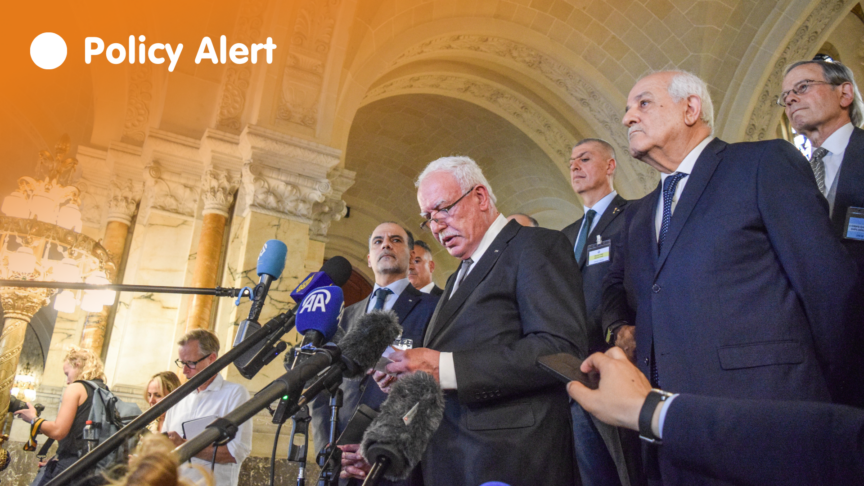The limited avenues of internationalisation
The European response to the Syrian refugee crisis to date has been characterised by short-term and reactive measures. But this is going to be a long-lasting challenge. The UN calculates that “the average length of a conflict-induced displacement” (the time an IDP or refugee remains uprooted) is now 17 years. Refugees are often extremely slow to come home after conflicts formally end. It took nearly a decade for just half of the 2 million forced into flight during the Bosnian war to return to their places of origin, despite the presence of a hefty NATO peacekeeping operation. It is highly probable that Syrian refugees and IDPs will take as long or even longer to head home, and caring for them will be a long-term challenge for the EU, UN and Syria’s neighbors.
And in this endeavour they may well find themselves short of international support. Although the US has made significant financial aid contributions and Canada has welcomed 25,000 refugees, most countries outside Europe including Sunni Arab states want to avoid admitting Syrians (Australia and Brazil are partial exceptions). The UN and US are planning high-profile events to attempt to focus greater global attention on the refugee issue, including a summit hosted by President Obama in September, but European diplomats are sceptical others will buy in. In spite of much talk about the need to “internationalise” the crisis, EU leaders have to accept that they are mainly on their own.
There have been some positive signs that European governments are taking longer-term issues seriously, if not yet on anything like the necessary scale. At January’s London summit on support to Syria major European donors, including the European institutions, France, Germany, Italy, the UK and the Nordic countries, all specifically pledged aid not only for 2016 but for 2017-2020. (By contrast, many major non-European donors including Qatar, Saudi Arabia and the UAE only pledged short-term funds.) In addition, the summit highlighted the need to educate Syrian refugee children – a project costing over $1 billion a year – as a long-term priority. There is growing awareness among both European officials and aid experts of the need to develop long-term mechanisms for integrating Syrian refugees into the Turkish, Jordanian and Lebanese economies but this is offset by growing local prejudices and resistance to integration.
For now, European governments have a strong interest in supporting Syria’s neighbours and offering them further incentives to integrate Syrians into their economies. It is also important to ensure that agencies such as WFP, which had to cut back rations in Lebanon in late 2015 until the European Commission intervened, have access to predictable funds.
The best way to deal with both these problems could be to pool humanitarian and development funds through a single international aid authority, bringing in not only the EU and US but donors such as the World Bank and UNDP. Such a mechanism could act as a clearing house for financing refugees’ needs in the Middle East, and tie short term humanitarian assistance to longer term economic aid to Syria’s neighbors. While EU members are often wary of “pooling and losing” their aid, a multilateral mechanism of this type with EU and UN oversight could help aid flow better around the Middle East.
But the long term solution to the crisis will ultimately have to centre on steps to help as many refugees and IDPs return home to Syria if and when peace is possible. The alternative is a scenario rather like the open-ended settlement of Palestinians in Lebanon and Jordan, potentially exacerbating current tensions. It may currently seem fanciful to consider options in Syria after a credible peace agreement. But experiences in other post-war situations indicate that external actors’ actions in the first six to twelve months after major violence ends is crucial to creating longer-term stability and restarting economic life, creating conditions for refugee return. European governments and their partners in the US and UN systems need concrete, ready-to-go plans to start facilitating returns as soon as possible, although political and security concerns are liable to make this very difficult.
Overall, European decision-makers have to realise that the challenge of solving the Syrian refugee crisis alone is likely to take a decade or more. They cannot do it alone, of course, but international support is likely to be less than enthusiastic. It will rest on the shoulders of Europeans to most effectively corral what support there is and to ensure that such support can help underpin a speedy return to something approaching stability for Syria – however its ruinous conflict ends.
The European Council on Foreign Relations does not take collective positions. ECFR publications only represent the views of their individual authors.


